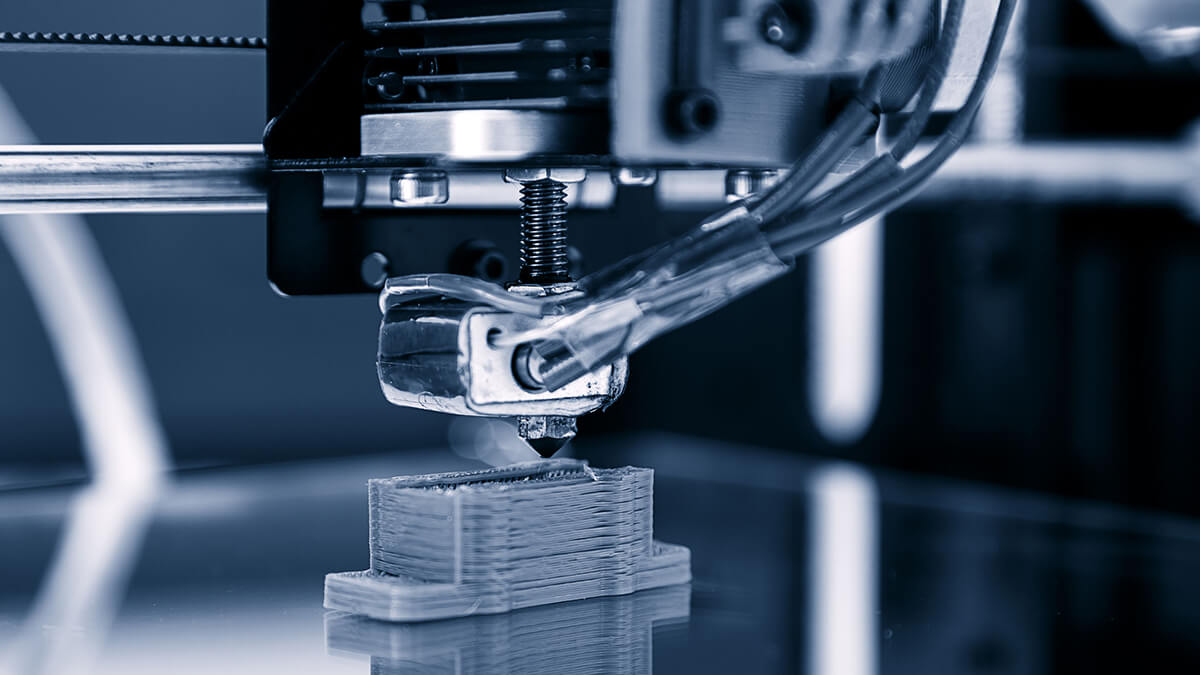Faculty Member of MIE is invited as Keynote Speaker at ISAIC 2020

image source: https://www.market-prospects.com/
The ISAIC is a flagship annual international conference on computational intelligence, promoting all aspects of theory, algorithm design, applications and related emerging techniques, especially their applications and implementations in industrial setting. As a tradition, the ISAIC 2020 will co-locate a large number of topics within or related to computational intelligence, thereby providing a unique platform for promoting cross-fertilization and collaboration. ISAIC 2020 will be featured by keynote speeches, invited speeches, oral presentations and poster sessions. ISAIC 2020 is organized by Beijing Jiaotong University.
Due to his seminal contribution in the fields, Dr. Arief Budiman, a Faculty Member in the Master of Industrial Engineering (MIE) Department at BINUS University, has been invited to give an invited lecture in the conference on the topic of “Additive Manufacturing Enabling Nanoscale 3D Architectures for Low Cost Energy Storage”. Additive manufacturing is an important pillar for automation, information and computing in industrial system design for Industry 4.0. In addition, energy storage has been identified as a critical building block for computational intelligence and automation in industrial settings, as well as for transportation (electrical vehicles) and next-gen renewable energy systems. This is the abstract of the Dr Arief:
Additive Manufacturing (AM) Enabling Low-Cost Energy Storage
Anode design is a crucial factor for the further development of lithium-ion battery (LIB) technology, especially in terms of achieving the high charging rate performance, as typically needed in electric vehicles (EV). 3D nanostructures have been identified as the key to dramatically enhanced charging rate of LIB, in addition to the change of materials (from carbon-based anode to silicon-based). However, existing fabrication methodologies for 3D nanostructures are inherently expensive – using advanced lithography techniques or other nanopatterning methodologies, as well as using additive manufacturing approaches. Additive manufacturing methodology may be used to produce low-cost 3D-printed structures. Our joint collaboration team has done groundwork in this field of research in the past 3-4 years, which would allow the extension of this special additive manufacturing approach to reach nanoscale 3D-printed structures more economically and with scalability for manufacturing. This would pave the way to achieve the order of magnitude increase in battery charging rate as needed to realize the vision of the electrification of mobility/transportation. This paper demonstrates the feasibility of the concept by building the prototype of the novel nanostructures anode, validating its optimum design capacity by computational modeling/simulation and finally, integrating the novel anode design into real, working LIB device.
For Further information, please kindly visit this site: http://www.confisaic.com/#/aboutIsaicKeynoteSpeakers
